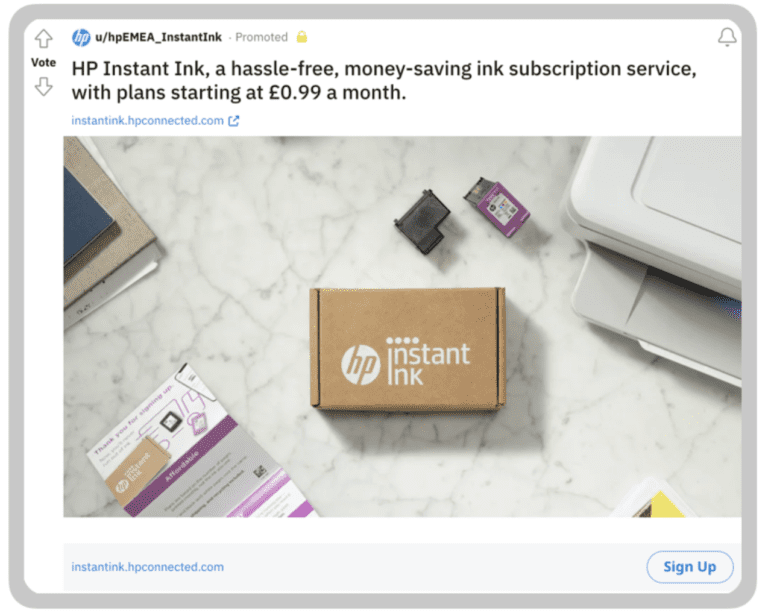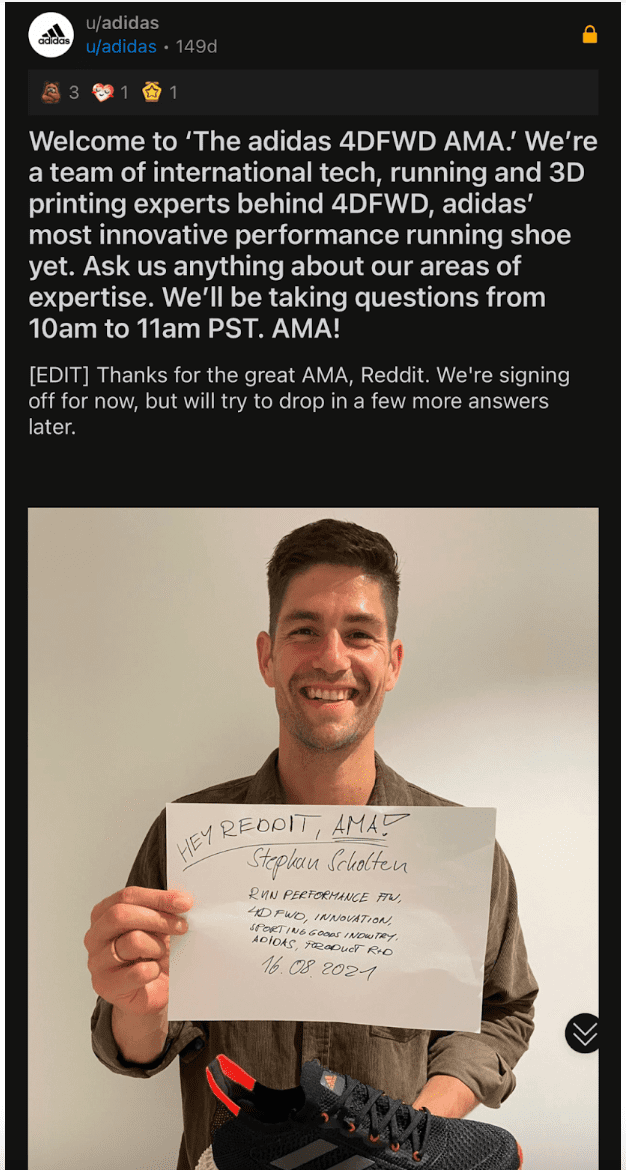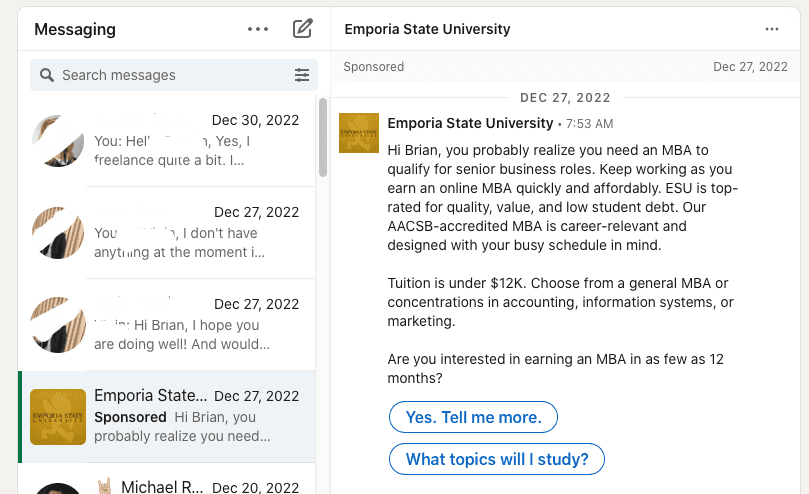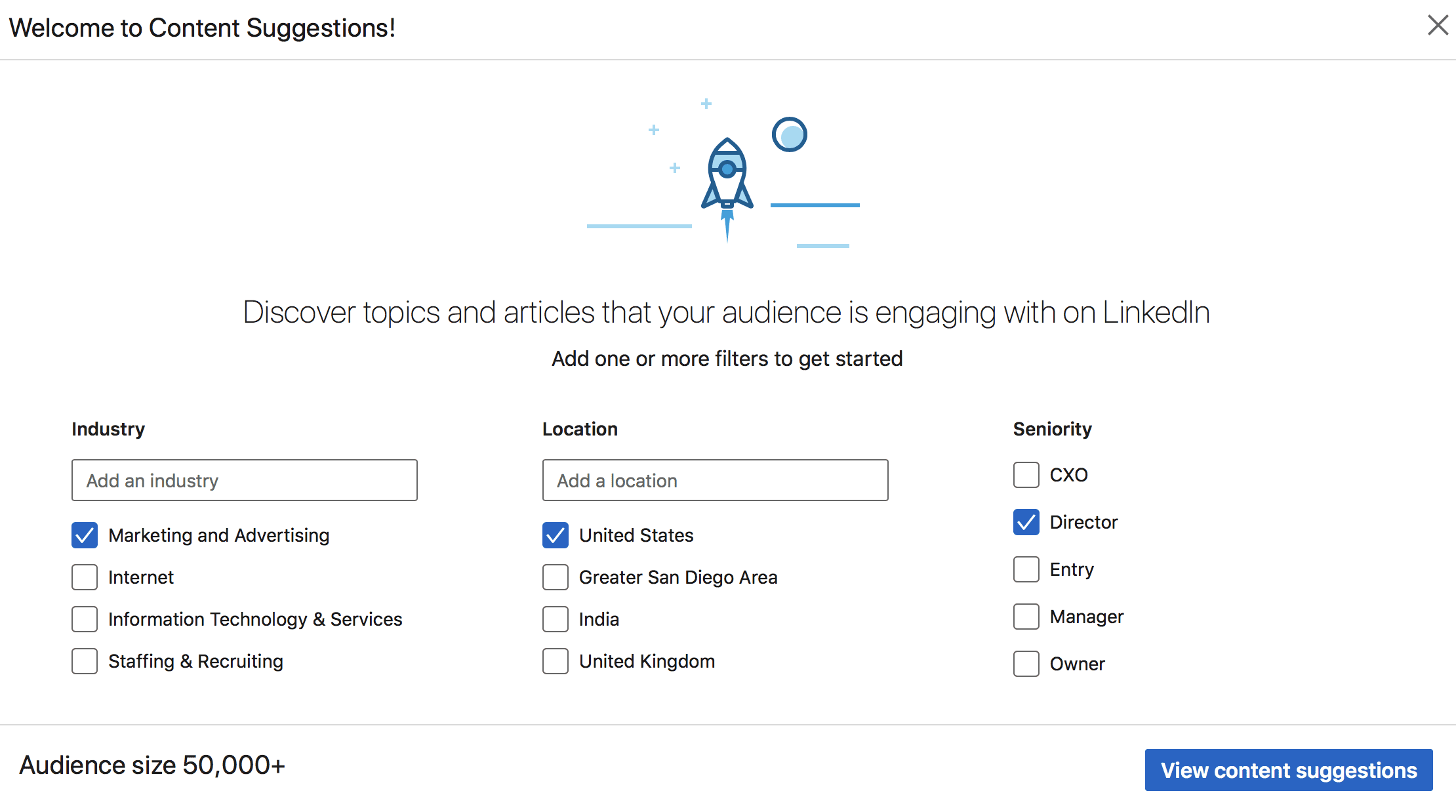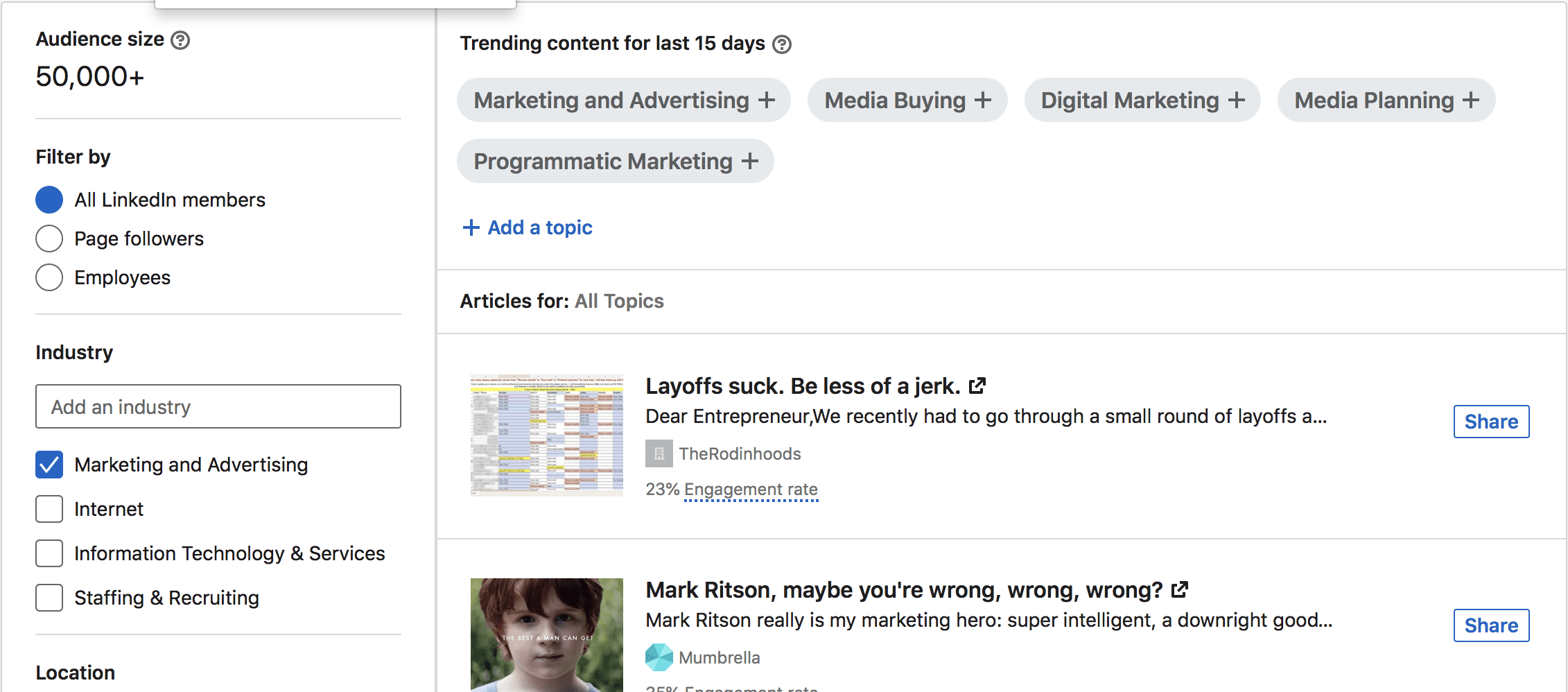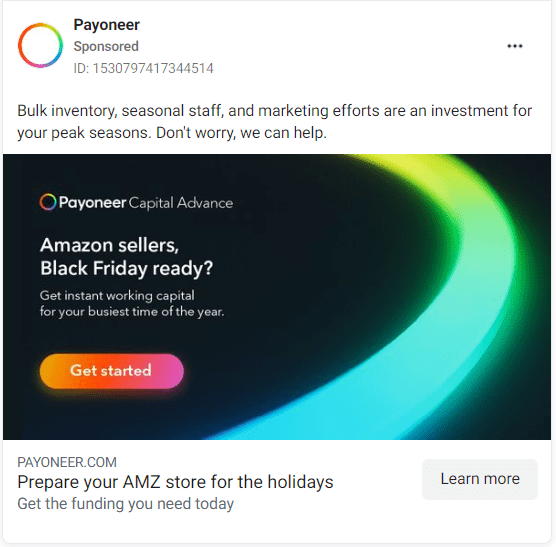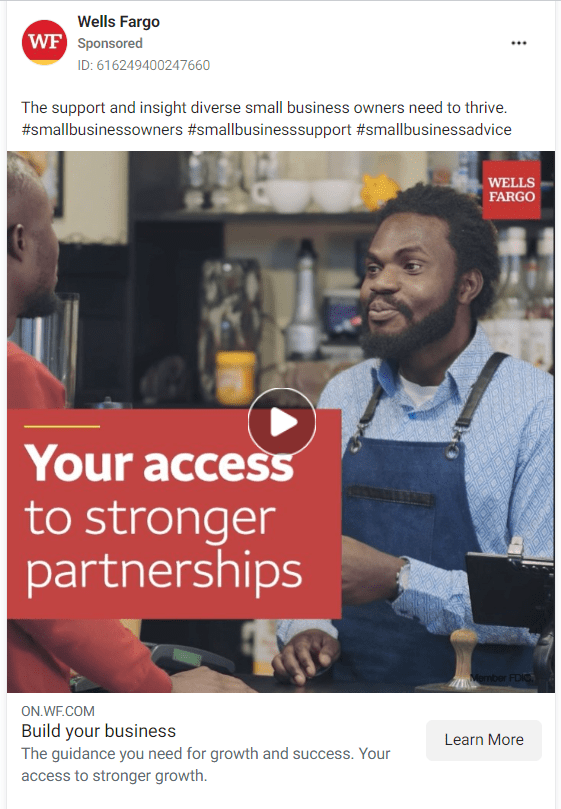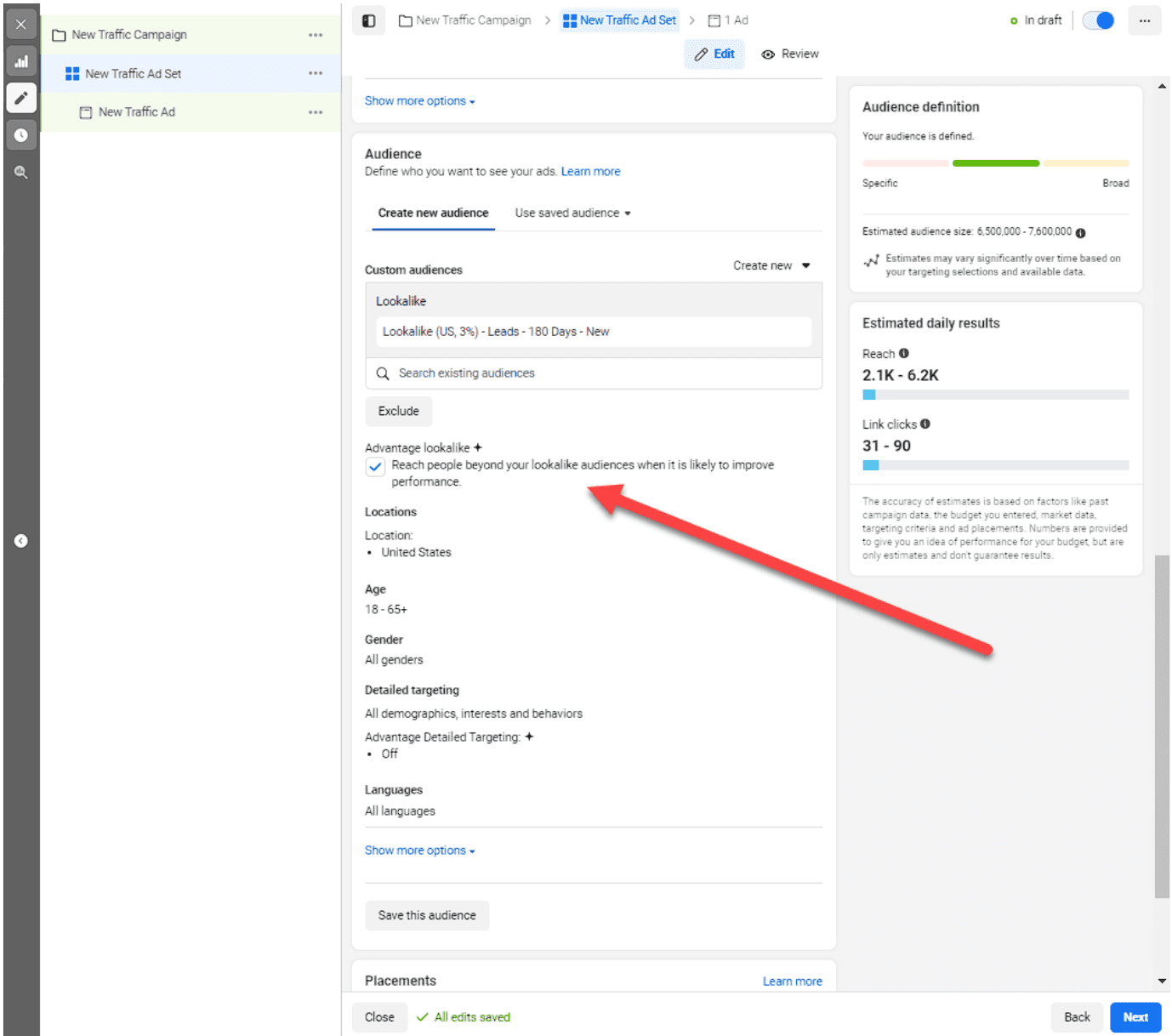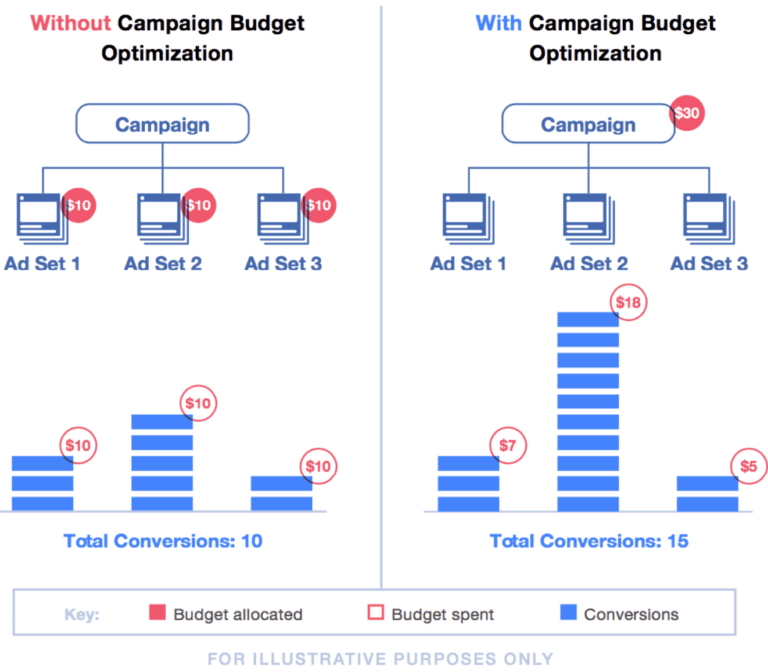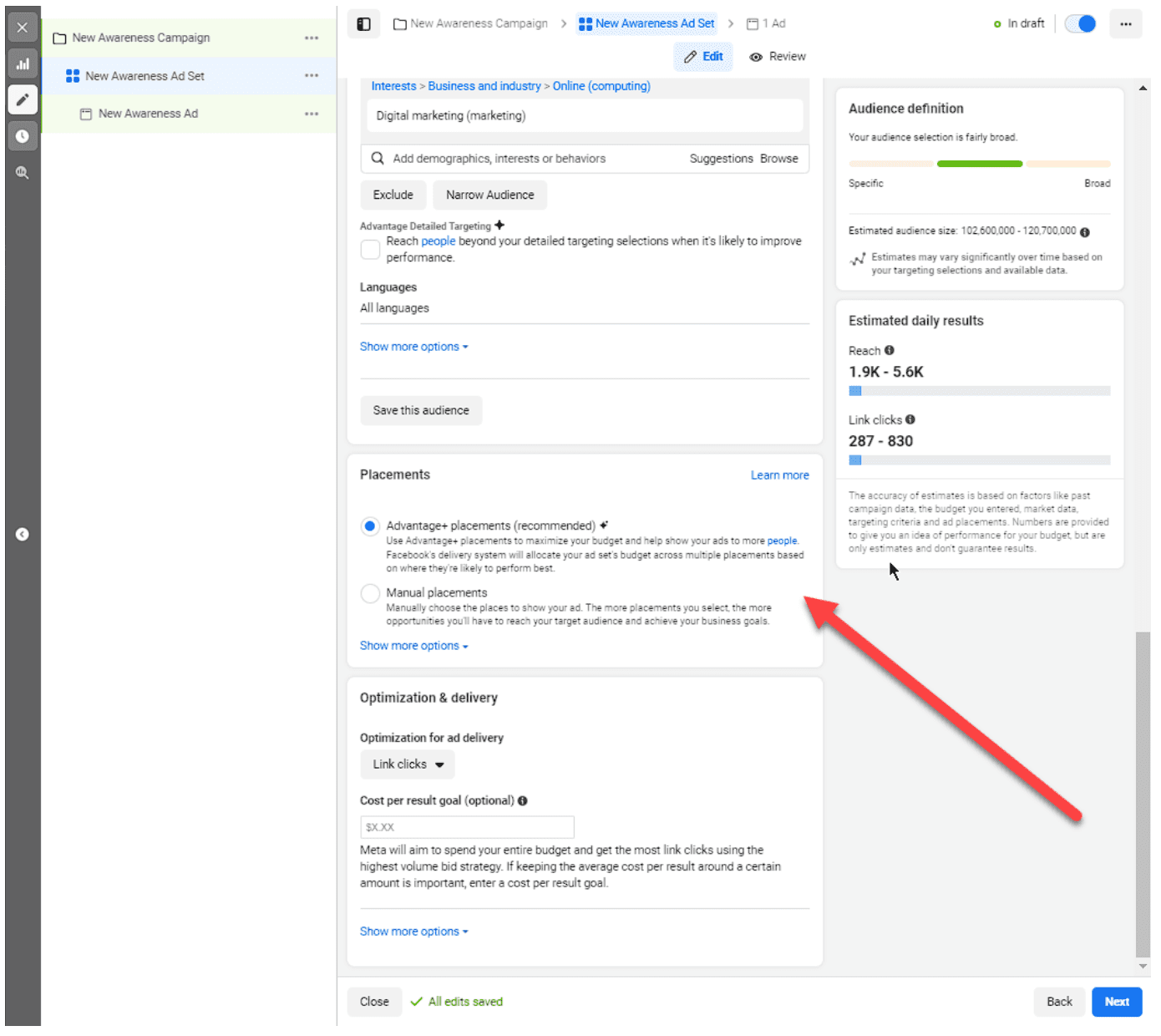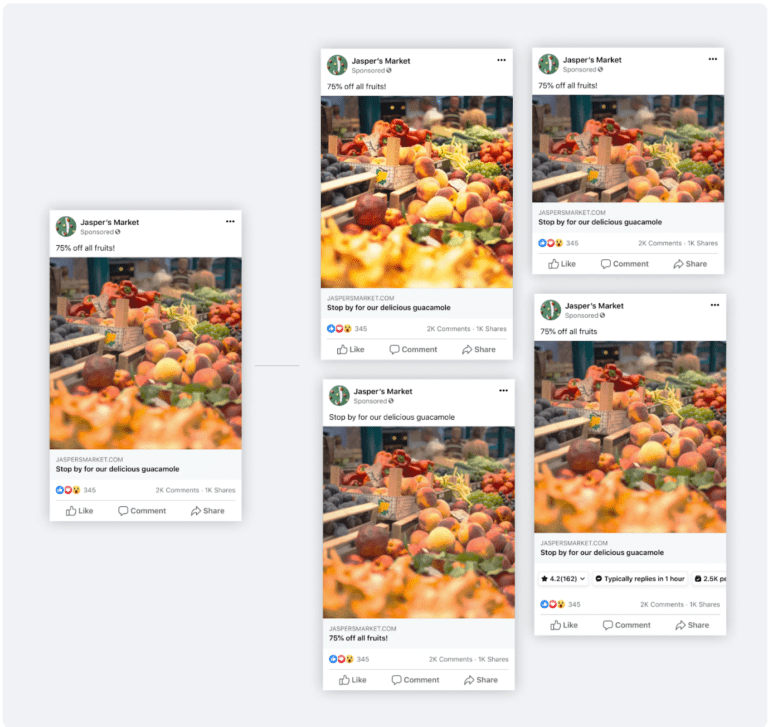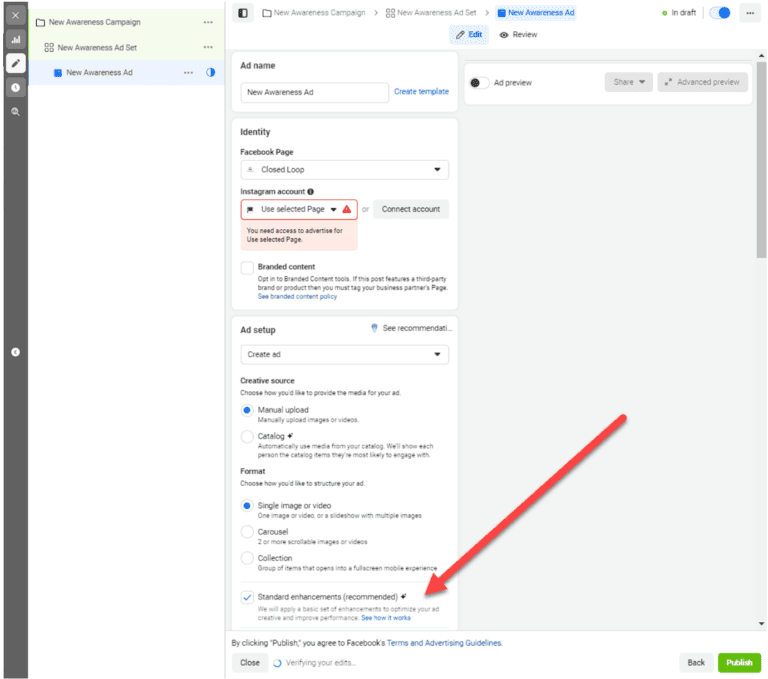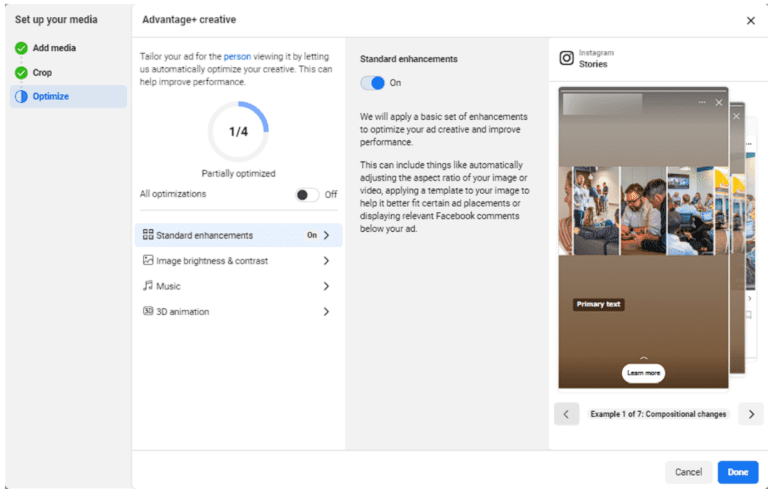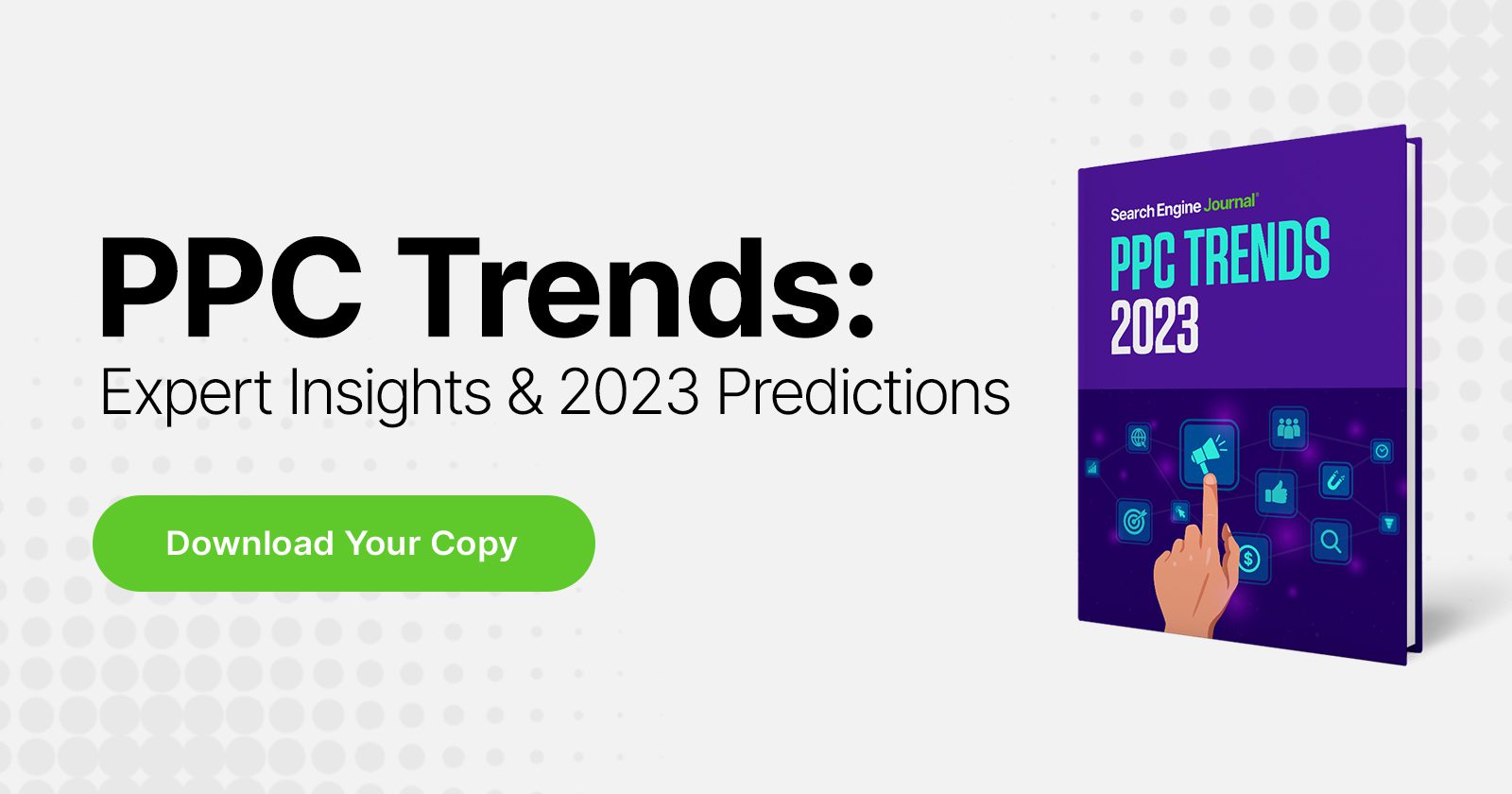There are two ways to approach the issue of optimizing TikTok Ads.
First, you could try to optimize these ads before the campaign rolls out.
That’s a good strategy. Any marketer would want their ad campaign to be as effective as possible from the beginning.
There’s a problem, though. You don’t always have a silver bullet flying straight toward the heart of your metaphorical werewolf.
Besides, you can also read an exciting, in-depth piece on building an effective TikTok ad campaign here.
This article will focus on optimizing TikTok ads (like a pro) after your campaign has rolled out.
And to do that, we’ll analyze the matter from three lenses offered by Aristotle.
Side note: We would quote our long-departed friend, but search engines don’t seem to favor sources older than five years, deeming them obsolete.
So, you’ll have to take our word for it that he defined three modes of persuasion to convince the audience: ethos, pathos, and logos.
We’ll break them down below.
But the first step is always this:
1. Analyze Your Data.
You can’t optimize something if you don’t know how that something performs in real-life conditions.
That’s why you should install TikTok Ads Manager during the first stages of creating your campaign. This tool will help you set the best audiences and strategies according to your goals, offering the right key performance indicators (KPIs) in return.
That data will help you sleuth out a range of issues that stand in the way of efficiency (sometimes, it can be as banal as getting the color tones slightly wrong).
TikTok Ads Manager offers three tools for data analysis:
- Dashboard page: The bigger picture.
- Campaign page: Detail analysis.
- Reporting page: Your very own report card.
Before optimizing your campaign, check these three pages.
Dashboard
The dashboard page will present a synthesized view of your performance metrics across various campaigns.
This will help you make better comparisons to notice patterns, spikes, and more.
Use these observations to inform your content and strategy moving forward.
Campaign Page
Then, move on to the Campaign page to analyze the details of each campaign and ad.
You can customize the metrics you need the Ads Manager to show you, meaning you can explore anything that might have piqued your interest during the previous step.
Pro tip: Look at the insightful audience analysis, using specific dates and times to get more “a-ha!” moments.
The audience tab is essential because your ad isn’t just thrown into the ether; it should find real-life people and convince them to purchase your products.
Reporting Page
Print or save any data and charts that you think would be useful for further analysis.
TikTok Ads Manager has created an intuitive reports page that allows you to customize the spreadsheet. The ability to choose a template or create a custom report is essential.
You want the correct data, but you also want it organized best for your team to draw insights.
You can choose from these:
- Rows: Campaign, ad groups, ads, etc.
- Columns: Cost per mille, cost per click, clickthrough rate, and more.
You can also choose the time range, data order, and automated reports.
Pro tip: Leverage extra add-ons like Shopify Pixel, the Reach & Frequency (R&F) ad buying method, or other tools that help you analyze your performance.
You can then move on to trying to persuade your audience in a new, more effective way.
That brings us to the following point.
2. Redefine Your Ethos.
Ethos defines the level of persuasion related to your character, morals, and ethics.
In short, you will want to ensure you’ve made a good impression instead of stumbling awkwardly beneath TikTok’s limelight.
Why Is That Important?
TikTok statistics show that most people using the platform are below 24 years old.
Other data also shows that customers in this age group prefer brands that:
- Align with their values.
- Help them make a change in the world.
Now ask yourself this question:
Has your brand – aka the speaker – achieved these goals?
How To Analyze Ethos
Turn to your analysis reports for the answer.
Analyze video views, likes, clickthrough rates, comments, and all the metrics that reveal people’s:
- Opinions about your brand.
- Attitudes toward your brand.
- Actions about your brand.
Compare these metrics by considering the time of day and date too.
Maybe you have few likes, comments, and low video views because you’ve miscalculated the time of day.
Or perhaps you have many views but few likes throughout your campaign because your content doesn’t resonate with your audience.
Maybe you have many views and likes but few comments because your brand isn’t actively engaging your audience.
What You Can Do About It
We recommend approaching the matter from three directions:
Check That You’re Addressing The Right Audience
Comb your initial strategy again to ensure you’ve picked the right target.
Use TikTok Ads Manager to optimize your audience according to specific filters and keywords.
Create lookalike audiences using the Ads Manager. That means cherry-picking your most loyal fans and letting TikTok figure out identical profiles on the platform.
Check Your Shared Values
Go through each ad, ad group, and campaign, analyzing them through the lens of your values.
Which one had more success?
Evaluate them using the KPIs you set at the beginning of your campaign, as they’re in accordance with your goals.
Reconsider and readapt those values, or make them more visible in your communication, depending on who you’re speaking to. For example, one audience may be interested in authenticity; another may care more about sustainability or low prices.
Reconsider Your Speaker
Maybe the engagement metrics and other data suggest that your brand is not the best speaker to convince your audience.
Here’s the solution: Consider partnering with a content creator.
Data about micro-influencer marketing suggest that micro-influencers are the best solution for most companies because:
- Their engagement rate is 60% higher than macro-influencers.
- Their conversion rate is 20% higher compared to macro-influencers.
- They are more credible than brands for 61% of customers.
- Their fees are usually affordable compared to traditional ads.
3. Redefine Your Pathos.
Pathos represents the emotional appeal you’re using in a discourse. That means you’ll have to analyze the metrics referring to those emotions.
You’ll also want to test different messages or tactics.
Why Is That Important?
Emotions make people who they are. Numerous studies show that the subconscious leads our decision-making process more than we think.
And that’s valid for all people.
TikTok audiences, in particular, also need emotion-eliciting content because:
- That’s their profile, according to the current research.
- The channel is of this nature. The short videos have to attract attention immediately.
Note: Strong, mathematical facts can attract attention, but those facts usually elicit strong emotions in return.
How To Analyze Pathos
Start From The Level Of Your Values And The Connection You Want To Create With Your Audience
Analyze critical metrics about:
- Your ads’ engagement rates.
- The number of views.
- The actions people took (e.g., comments, clicks, purchases, etc.).
Move On To The Mood You Created
Before releasing an ad campaign, it’s wise to create different versions for all of your ads. That way, you can A/B test them on multiple audiences, times, and so forth.
Emotions are connected to the mood you’re setting, which on TikTok includes:
- Music.
- Special effects.
- Colors.
- Using trends that people identify with.
- Using strategies like humor, controversy, or creating fear of missing out (FOMO).
- And more.
To grasp the importance of these factors, look at how Julian de Medeiros (author, podcast creator, and philosophy lover) creates his posts’ atmosphere.
The clips always suggest and enhance a reflective mood, from how Julian films himself from below to the space he’s in (initially his home, but most recently his car) to his messy hairstyle and bluish-gray colors around him.
Most times, it feels like Edgar Allan Poe will pop out any second and join the videos.
And granted, these aren’t ads per se, but they are means to advertise his business (his podcast and ebooks).
What You Can Do About It
Analyze all this data from your previous A/B tests or create new ads for the A/B test.
Take into account every little detail that can elicit emotion, from colors to the placement of your product and musical notes.
Ensure your strategy creates emotion (humor, controversy, the feeling of belongingness to a community) that suits your audience.
Change or adjust your strategy according to what the numbers suggest.
Remember that pathos is connected to ethos; you must have the right speaker that can elicit these emotions.
Make sure your product/brand is still in the limelight. You don’t want the mood or the person delivering the message to outshine the thing you’re trying to sell.
Grab your viewers’ attention from the first second or two because attention spans are limited on TikTok.
Cuvva offers an excellent example here because people relate to the hassle of renewing their car insurance from the first scene.
End with a strong CTA that leads your audience to execute your desired action (share, comment, visit a product page, buy, etc.).
4. Redefine Your Logos.
Logos is the third and final mode of persuasion in Aristotle’s Rhetoric, referring to the layer of logical arguments.
These are the hard facts your audience should learn.
Why Is It Important?
The new generations aren’t wooed by marketing glam anymore. They know that celebrities and advertising are just smoke and mirrors.
Facts without emotions may be cold, but feelings without facts create a fairy tale instead of an effective ad.
Besides, Gen Z is proven to be down-to-earth. They want proof that a product works and that a brand is worth buying from.
Current data may imply that the current global situation also leads people towards more moderate purchases, reevaluating their brands, and opting for discounts.
How To Analyze Logos
Start over from your reports.
Are the arguments within the TikTok ads convincing for your audience’s profile?
Reassess that initial profile or persona you created.
Use TikTok Ads Manager to assess the profiles who engaged with your brand the most.
What do your KPIs tell you about how your audience interacts with the facts and arguments within the clip?
Do they ask for more information?
Do they agree?
Do they take the desired action according to your goals?
What You Can Do About It
Create new ads you can A/B test using more convincing data, such as:
Product Tutorials
K18 did a stellar job with its Spark Ads, showing how K18 products can improve influencers’ hairstyles immediately. Followers increased to 20,000 from 2,000, and sales increased by 70% after just a month-long campaign.
Numbers
Use numbers and statistics to drive your point across.
Deutsche Telekom used facts without boring its audience in four engaging TikTok clips with the following results:
- 97% average watch time increase.
- 24,000 new followers.
- 50.9% ad recall increase.
User-Generated Content
Product reviews are shown to be extremely convincing.
The Farmer’s Dog partnered with beloved TikTok influencers who show the advantages of feeding The Farmer’s Dog to their pets.
Rewards
There are few better arguments than getting a prize, discount, or even recognition.
The diamond bridal jewelry retailer James Allen incentivized users with a 30% off discount code to drive newsletter signups and product purchases. The results:
- 66% lower CPM.
- 67% lower CPC.
- 12% lower CPA for the add-to-cart objective.
- 45% lower non-bounce CPA.
- Over 3,500 signups.
5. Stay Flexible.
The fifth and last step in your plan is maintaining flexibility, even if you have made a plan.
You want to re-check your results, look for higher-performing tools, and optimize your budget.
Although TikTok can be likened to an Ancient Greek platia (the fancy word for “square”), budget often dictates exposure.
For example, Brand Takeover Ads cost north of $50,000, though they do show users short full-screen ads when opening the mobile app.
You also want to constantly test your ads, looking for better ways to generate more engagement and sales.
Don’t forget to partner with the right content creators and listen to your public. Social listening and data analysis are the cornerstones of creating engaging ads.
But it would help if you leveraged all those tools while keeping an open mind.
Hopefully, that’s what this article taught you to do.
Follow these tips and insights, and you’ll be well on your way to optimizing your TikTok campaigns like a pro.
More resources:
Featured Image: Kaspars Grinvalds/Shutterstock


